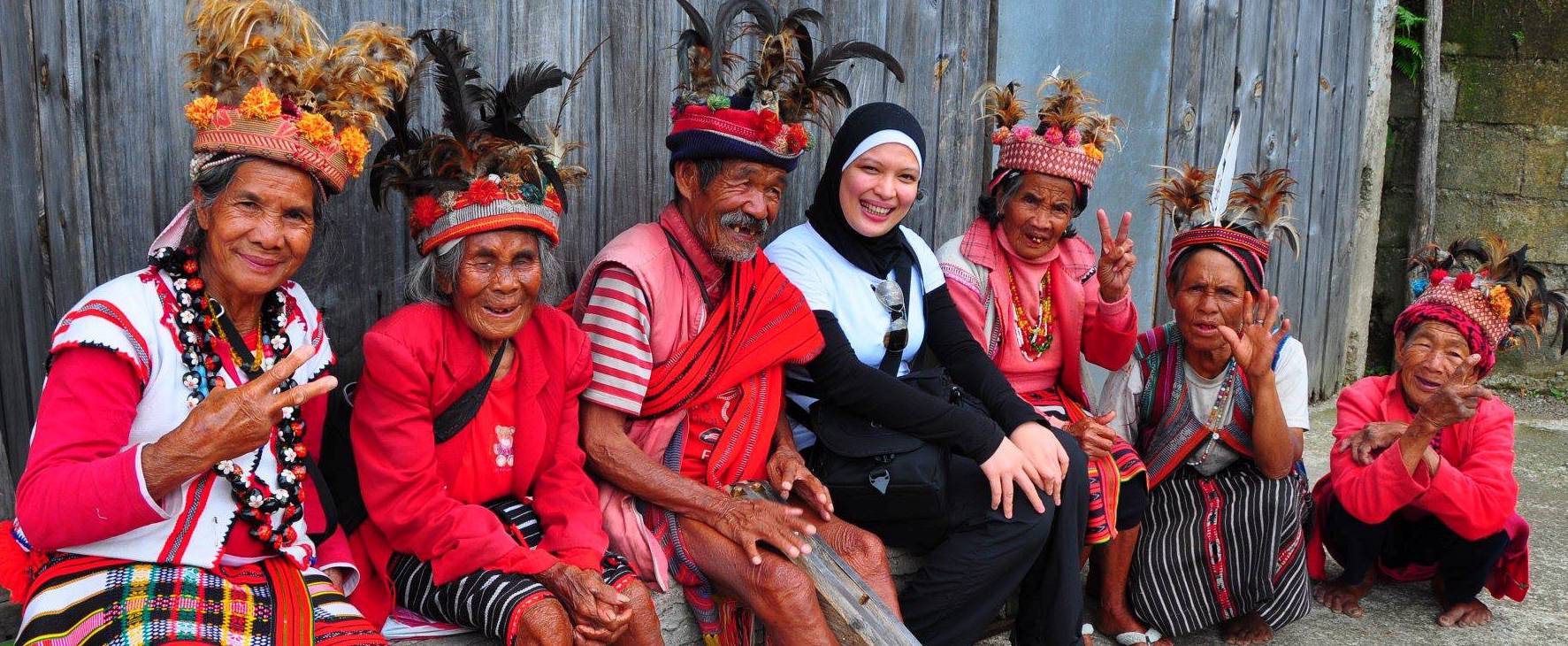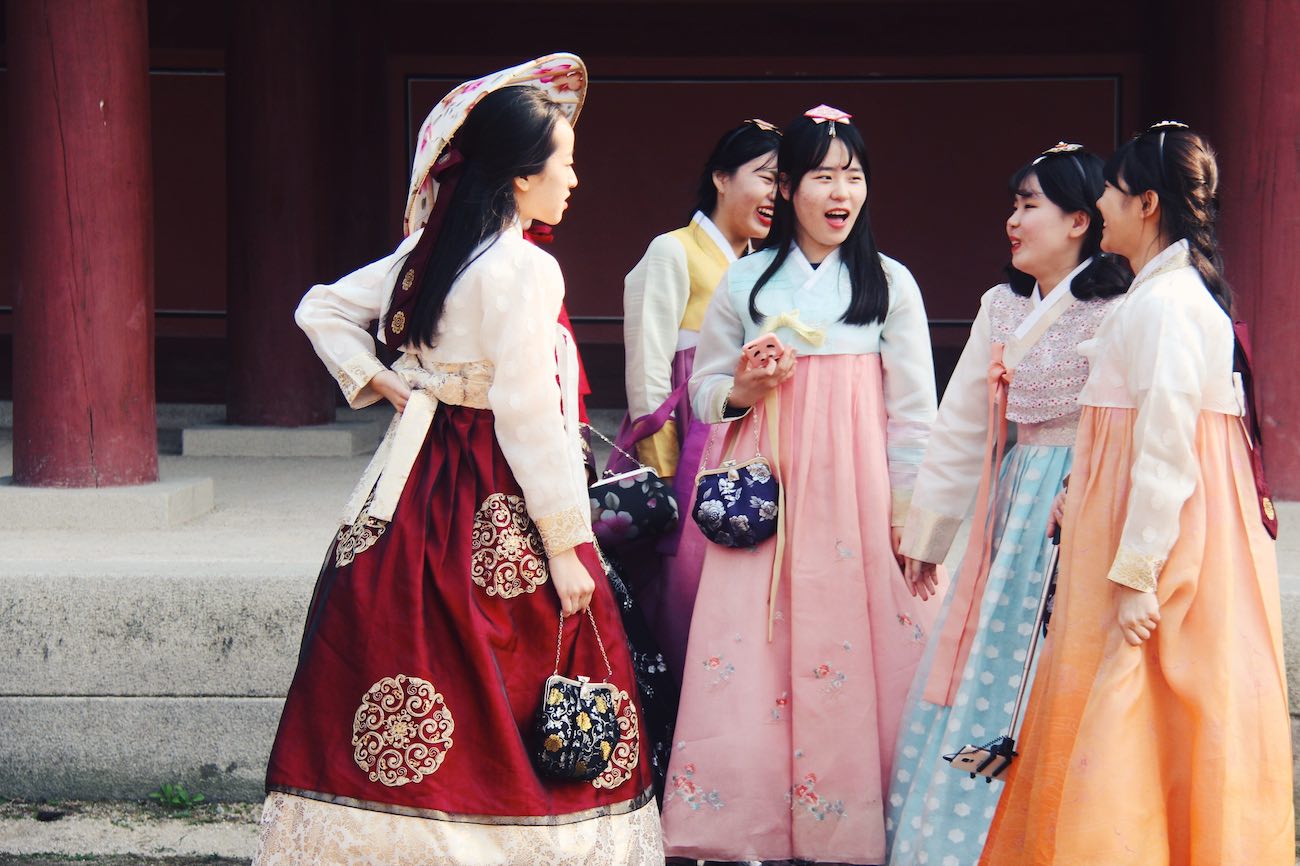It is said that “Marriages are made in Heaven”, but in India, most marriages need an approval from the families of both the bride and groom. Marriage can be either love marriage or arranged marriage, but in both cases consent of respective families are important and sought after. Unlike the Western countries, wedding in India is a big social event especially if the bride or groom is the only child in the family. It’s an opportunity for the parents to display their social status and invite their relatives, friends, colleagues and associates to lavish events of the wedding. Yes, you heard it right, events and not a single event of tying nuptial knots followed by meals.
The Hindu wedding
Most Hindu weddings consist of multiple events spread across three to four days. Engagement being the first ritual of the wedding and marks the all-important approval of the families of both the bride and groom. Engagement period can last from few months to couple of years or can be a formality ritual clubbed with the wedding events. Engagement is followed by another ritual of setting up the wedding venue with prayers and limited attendance of close family members. Once the wedding venue is set-up, the bride’s family conduct the “Mehendi” ceremony which is the artistic application of natural henna on the hands and feet of the bride and other female members of the family.
The ceremony
“Mehendi” ceremony is followed by “Haldi” ceremony for both bride and groom. In “Haldi” ceremony, turmeric paste is applied on the body and face of bride and groom for extra glow on skin and purification of the body since turmeric is anti-septic. The evening marks the beginning of “Wedding songs event” where the female members of both families sing traditional wedding songs followed by the family and guests dancing and grooving to DJ music. Wedding songs event is generally accompanied by snacks, beverages and dinner.
On the wedding day, the bride’s family becomes the host of the event and the groom’s family come to the wedding venue as a “Baraat” which is essentially a procession of groom’s family and guests. The groom rides on a horse to the wedding venue and family and friends once again dance and groove to DJ music. Welcome of the groom and “Baraat” is done by the bride’s family and it’s a fun event with groom’s family trying to protect the groom from the pranks of the bride’s family members.
The wedding ceremony generally starts at the predefined auspicious time period and is marked by the bride’s father performing the “Kanyadaan” ritual which literally means giving the bride away to the groom. This is followed by “Hast-milap” the hand shake of bride and groom and tying of “Mangalsutra” – the wedding necklace on the bride by the groom. The wedding ceremony is then completed by “Saat-fere” which is the seven rounds of holy fire by bride and groom with seven vows followed by taking blessings from the elders. Food is served to the guests simultaneously during the wedding and normally continues for more time after the wedding is over.
Indian weddings are lavish and costly affairs with lot of spend on clothes, gold ornaments, gifts, home and venue decoration, food and beverage, travel arrangements, etc. It’s normal to have 1,000 to 1,500 invitees in a wedding which spans over three to four days and hence the famous title “The Big Fat Indian Weddings”.



No Comments